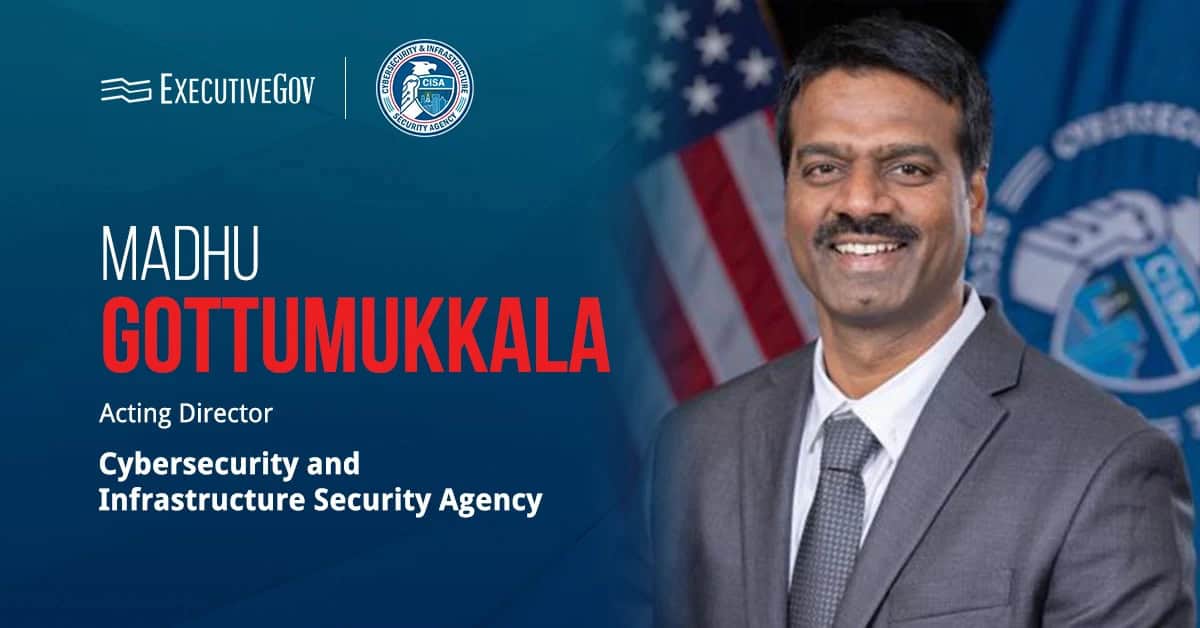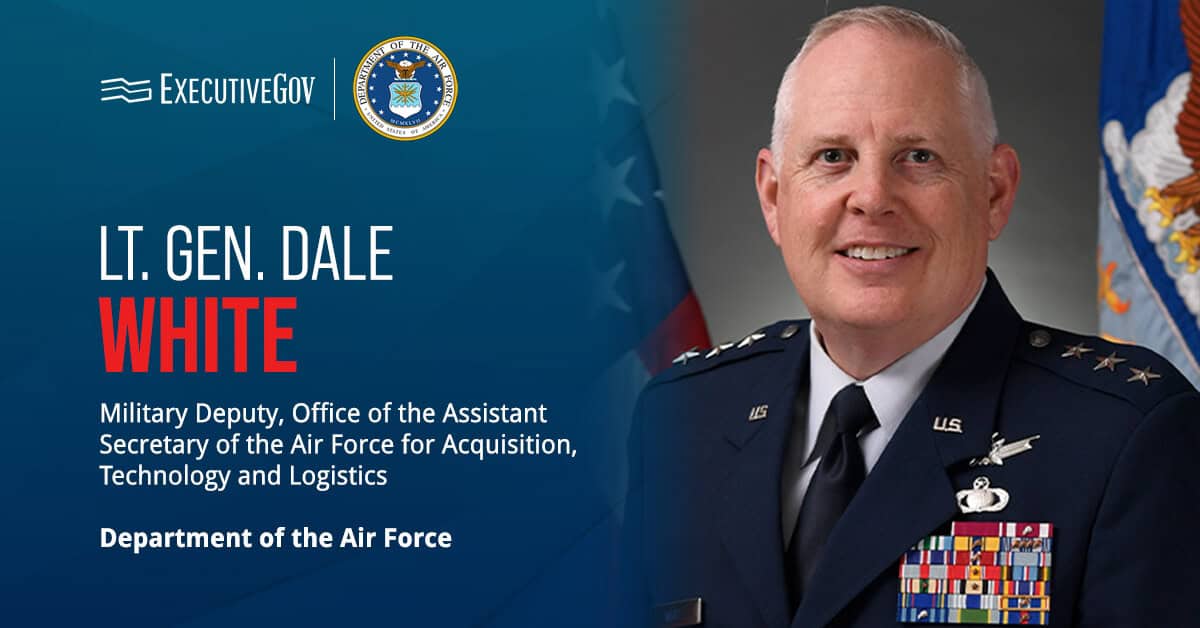Pat Flanders, chief information officer of the Defense Health Agency (DHA), said that DHA aims to consolidate more than 200 military health technology contracts into fewer than 10 acquisition programs over the next three to four years.
“The plan is to replace all of those in this multi-system integrator model.” Flanders noted that the first step in the consolidation effort is the potential 10-year, $2 billion Enterprise Information Technology Services Integrator (EITSI) program.
DHA formally awarded in August the EITSI blanket purchase agreement to Perspecta, which is now part of Peraton. The agency CIO said the company will help manage follow-on contracts that are intended for geographic service providers.
“The intent here is to get nice long 10-year contracts and have them all align under the EITSI contract with the government,” Flanders added.





